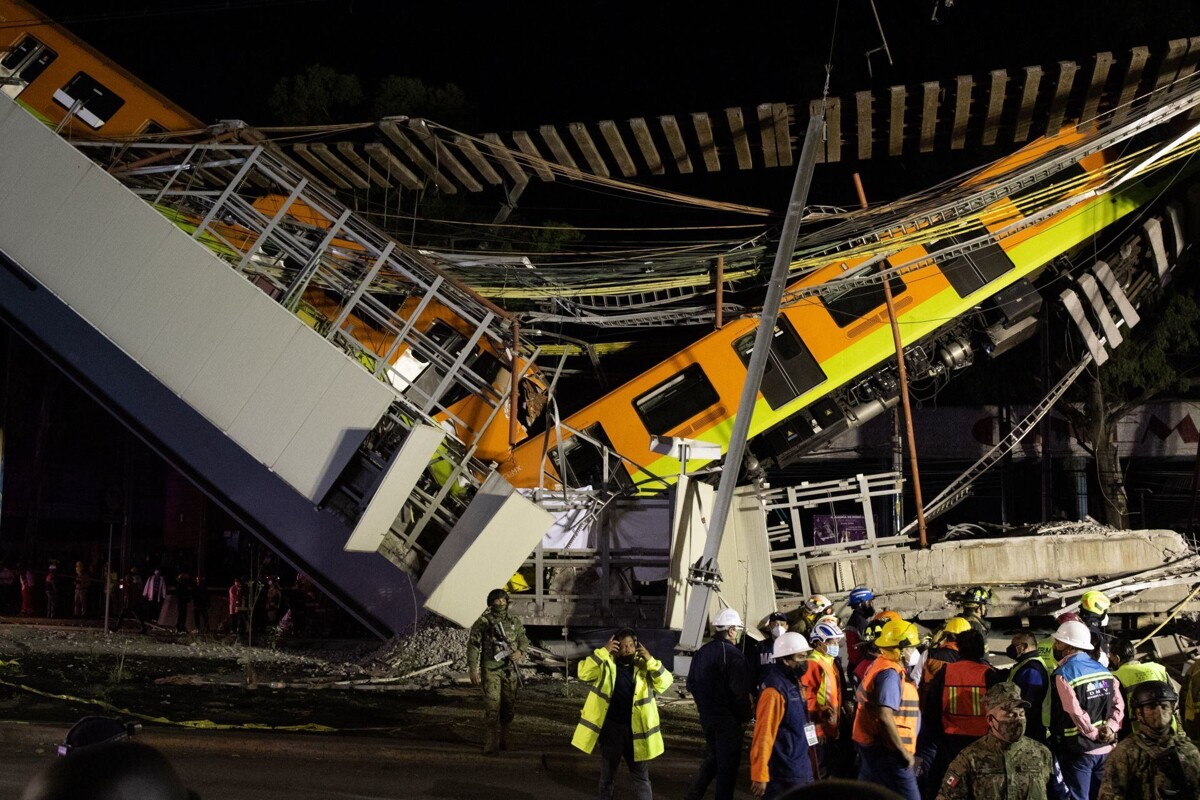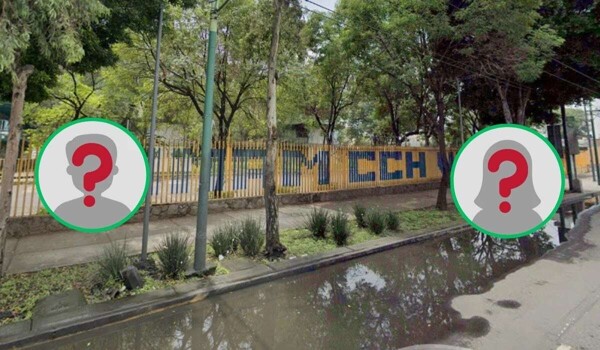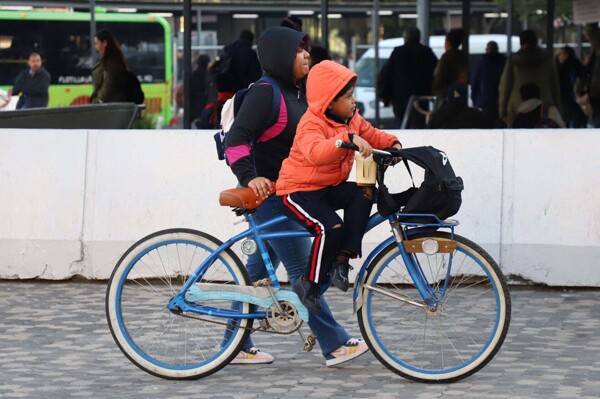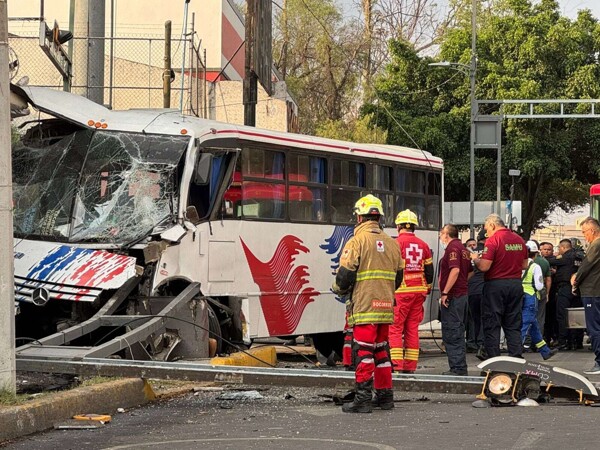
On the night of May 3, 2021, at 10:22 PM, a beam of the elevated viaduct of Line 12 of the Mexico City Metro collapsed between the Olivos and Tezonco stations, leading to the fall of a train with passengers. This tragic event resulted in the loss of 26 lives and more than 100 people were injured, according to official figures from the capital government and the Attorney General's Office of Mexico City. The injured were treated at the General Hospitals of Tláhuac and Iztapalapa, while emergency services and forensic experts worked in the area to rescue trapped individuals and carry out the corresponding investigations.
The former Head of Government, Martí Batres Guadarrama, led the ceremony for the reopening of Line 12 in early 2024, following the fatal incident that remains etched in the collective memory of the capital. Over the four years since the collapse of Line 12, allegations have emerged regarding ignored prior warnings, such as a document dated September 2019 that alerted about abnormal movement in pole 10-27 of the collapsed section.
Additionally, audits conducted years earlier by the Superior Audit Office of the Federation revealed structural failures since the construction of Line 12, which was inaugurated in 2012. Despite the initial promise to resume service by the end of 2022, the reconstructed section was not inaugurated until January 2024, generating criticism from victims and citizens due to the lack of transparency in the investigations and the absence of a clear justice process.
"What I saw four years ago, when Line 12 of the Metro came down, shocked me, and believe me, in my years of coverage, I've seen devastating things," expressed Jorge Becerril, one of the first reporters to arrive at the accident scene. Criticism points out that the tragedy was the result of institutional omissions and not simply an unfortunate accident, which has kept the memory and questioning surrounding this unfortunate event alive.














